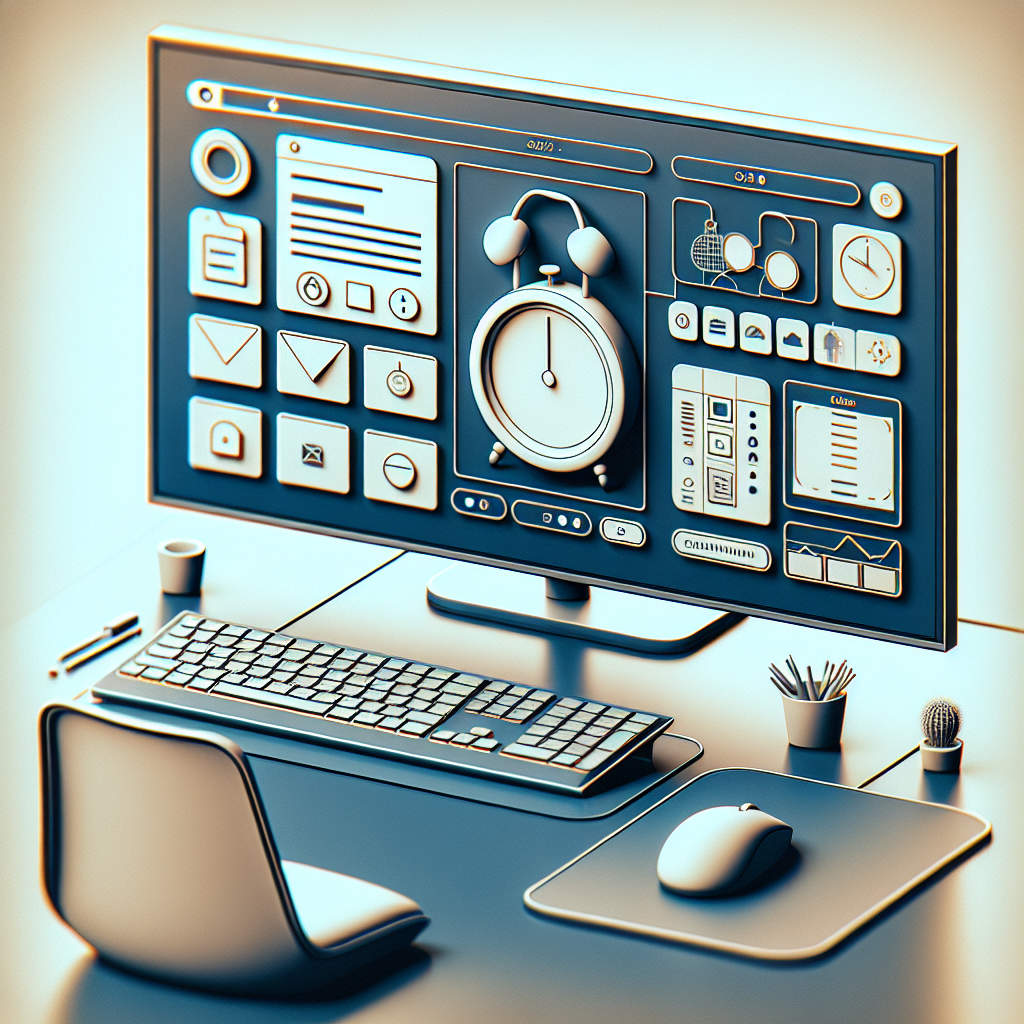In today’s modern world, technology has enabled us to use our devices in multiple ways. One question that often comes up is whether it is possible to use a smart TV as a computer monitor. The answer is yes, it is possible to connect your computer to a smart TV and use it as a monitor, but there are some considerations and limitations to keep in mind.
Connections and Compatibility
The first thing to check is whether your smart TV has the necessary connections to connect to your computer. Most smart TVs come with HDMI ports, which is the most common way to connect a computer to a TV. HDMI cables are capable of transmitting high-definition video and audio signals, making it ideal for using a smart TV as a computer monitor.
However, it is essential to ensure that your computer also has an HDMI output port. If your computer has a different video output, such as VGA or DVI, you may need to purchase an adapter to connect it to the HDMI port on your smart TV.
Image Quality and Resolution
Another important factor to consider when using a smart TV as a computer monitor is the image quality and resolution. Smart TVs typically have larger screens than standard computer monitors, which can result in a lower pixel density. As a result, the image may not appear as sharp or crisp as it would on a dedicated computer monitor.
Additionally, smart TVs are generally designed for video playback and streaming rather than desktop use. They may not have the same level of color accuracy, refresh rate, or response time as computer monitors. If you are primarily using your computer for gaming or graphic design work that requires precise color representation, a dedicated computer monitor would be a better choice.
Input Lag and Response Time
Input lag and response time are critical factors to consider when using a smart TV as a computer monitor. Input lag refers to the delay between when you press a key or move the mouse and when the action is displayed on the screen. Smart TVs typically have higher input lag compared to computer monitors, which can be noticeable and impact your overall user experience, particularly for tasks that require fast and precise movements.
Response time is another crucial factor that affects how quickly pixels on the screen can change from one color to another. A longer response time can result in motion blur or ghosting when viewing fast-paced content or playing games.
Text and Interface
One common challenge when using a smart TV as a computer monitor is the readability of text and overall interface. Smart TVs are designed to be viewed from a distance, so the default font sizes and interface elements may be larger than what you are accustomed to on a computer monitor. This can make reading text or navigating through windows and menus more challenging.
Some smart TVs offer options to adjust the display settings, including the ability to change the screen resolution or adjust the overscan to make the entire desktop visible. However, not all smart TVs have these options, so it is essential to check the settings before attempting to use your smart TV as a computer monitor.
Conclusion
Using a smart TV as a computer monitor can offer convenience and flexibility, especially if you want a larger screen for multimedia or entertainment purposes. However, it is important to consider the connections, image quality, input lag, and response time before making a decision. In some cases, investing in a dedicated computer monitor may provide a better overall experience for desktop use. Assess your specific needs and preferences to determine which option is best suited for you.

